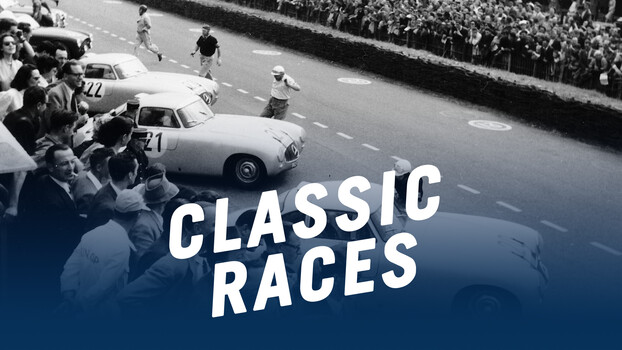
1/1 Ads


In 1982, the African continent held many challenges for the participants of the Rally World Championship. Heat, dust, mud and ever-changing tracks posed major problems for the drivers, co-drivers and their machines.